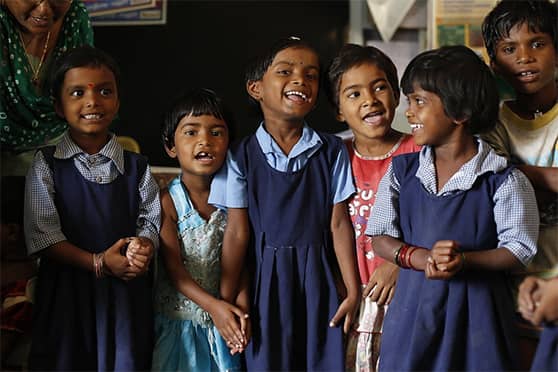Non-private schools in Assam witness a rise in enrolment amid COVID-19 pandemic


The total number of students in all government, aided and non-private schools across Assam has increased by over 63,000 during the 15-month period between September 2020 and November 2021 despite the COVID-19 pandemic causing disruptions in school education, official data with the education department has revealed.
The department recently collated the enrolment figures of all students from classes I to XII and found that the total number has increased despite apprehensions of a rise in the dropout rate owing to the COVID-19 pandemic.
According to a datasheet, which is available with PTI, the grand total of students in government, aided, tea garden managed and venture (established by the people of a locality) schools have increased to 56,84,487 in November 2021 from 56,21,203 in September 2020.
The figures showed an increase of 63,284 students, registering a growth of 1.13% in total enrolments.
Out of this, the highest rise has been witnessed in classes I to VIII, with 72,097 more enrolments in the 15-month period.
There were 44,92,085 students in the elementary section (classes I to VIII) of all the non-private schools of Assam in September 2020, which increased to 45,64,182 in November 2021.
The students in higher secondary schools – classes XI and XII – also saw a growth of 27,211 enrolments to 3,44,657 from 3,17,446 during the period under consideration.
The only segment that witnessed a decline in the number of students was secondary, which consists of classes IX and X.
The total number of students in the secondary sections decreased by 36,024 to 7,75,648 in November last year from 8,11,672 students in September 2020.
Considering different standards, classes V, VI, IX and XII recorded falls in student enrolments, while the rest saw an increase in new pupils, official data showed.
When contacted, Asom Sarba Siksha Abhiyan's director Roshni Aparanji Korati told PTI that various initiatives were taken by the government to increase the enrolment rate – giving admission to new students as well as bringing back the dropped out kids.
"We carried out an extensive enrollment drive, which showed positive results. Other steps such as hostel facilities in schools, free uniform and books, nutritious meals at elementary level, scholarships, mentoring of students and engaging qualified teachers also helped," she added.
Korati said the government strengthened the attendance monitoring system for both students and teachers, as well as formed local resource groups to help maintain the quality in the schools.
"We involved various NGOs and constantly worked on creating awareness among parents, guardians and communities to send their children to schools. During the pandemic, we also changed the school timings as per the children's convenience," she said.
A social worker, who works closely with the government in the children's education sector, said that many low-income parents shifted their kids to the government schools from the private ones during the COVID-19 pandemic.